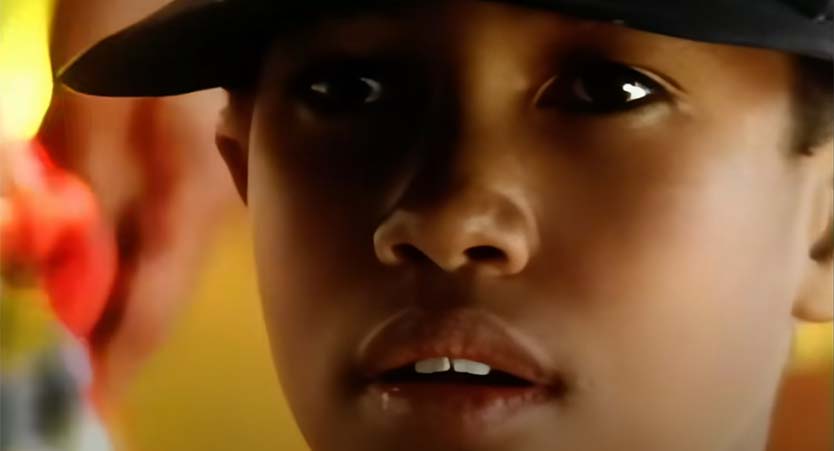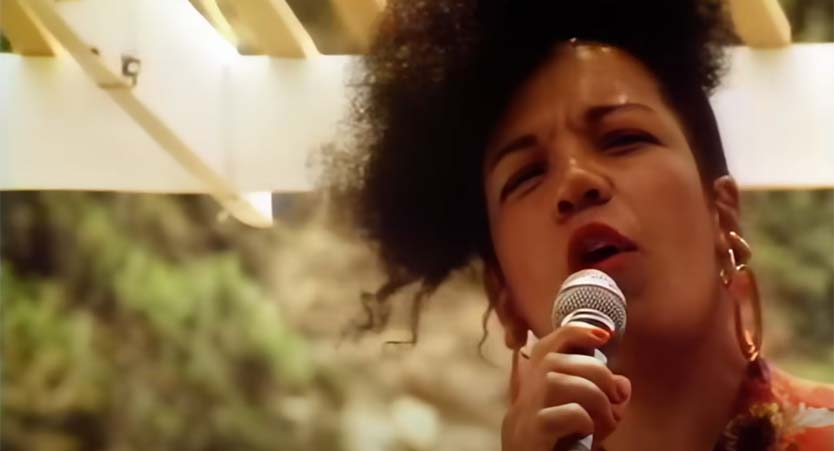Kaoma – “Lambada”: Forbidden Dance, Global Hit
Released in July 1989, “Lambada” by French-Brazilian group Kaoma became an instant global sensation. With its tropical rhythm, breathy vocals, and sensual choreography, the song didn’t just top charts — it ignited a dance craze, sparked fashion trends, and became one of the most recognizable pop phenomena of the late 20th century.
But behind the sun-soaked appeal was a tangled web of cultural borrowing, legal battles, and a melody that had already traveled far before Kaoma made it famous.
The French-Brazilian Fusion That Went Global
Kaoma was formed in France by producers Jean Georgakarakos and Olivier Lorsac, who were inspired by the lambada dance during a trip to Brazil. The group featured Loalwa Braz, a Brazilian singer based in Paris, and dancers Chico & Roberta, whose chemistry and charisma helped sell the song’s visual identity.
“Lambada” was a slick fusion of Brazilian lambada rhythms, zouk-inspired basslines, and European pop production, crafted by Jean-Claude Bonaventure. Sung in Portuguese, it was designed to sound exotic and irresistible to international audiences — and it worked.
But It Wasn’t Original
The song’s melody was lifted from “Llorando se fue”, a 1981 Bolivian folk song by Los Kjarkas. Kaoma’s version was actually based on the 1986 Portuguese adaptation “Chorando Se Foi” by Márcia Ferreira, which itself drew from a 1984 Peruvian dance version by Cuarteto Continental. However, Kaoma initially failed to credit the original composers.
After the song’s explosive success, Los Kjarkas sued Kaoma’s producer and won. Later pressings of the single and album credited Gonzalo and Ulises Hermosa, along with Márcia Ferreira, José Ari, and Alberto Maraví, acknowledging the song’s layered lineage.
A Music Video That Burned Into Memory
Filmed in Trancoso, Bahia, the music video featured Chico & Roberta dancing the lambada on the beach — all sun, sweat, and swirling skirts. Their sensual, close-contact moves drew both fascination and controversy, though there’s no strong evidence of widespread censorship. The video’s tropical fantasy and youthful energy helped fuel the song’s mystique and global reach.
Chart Domination and Dance Craze
“Lambada” topped the charts in over 15 countries, including France (No. 1 for 12 weeks), Germany, Italy, Sweden, and Brazil. It peaked at No. 4 in the UK and No. 46 on the U.S. Billboard Hot 100, but its cultural impact far exceeded its American chart position. The single sold over 5 million copies worldwide in 1989, making it the best-selling European single of the year.
The lambada dance — already popular in northern Brazil — exploded globally. Nightclubs hosted lambada nights, dance schools added it to their curricula, and two competing films (Lambada and The Forbidden Dance) were released in 1990 to capitalize on the craze.
Legacy: One-Hit Wonder, Eternal Groove
Kaoma never replicated the success of “Lambada,” and they’re often labeled a one-hit wonder. But that one hit left a lasting mark. The song has been covered, sampled, and remixed countless times, and remains a staple of retro playlists and dance compilations. Tragically, Loalwa Braz was murdered in Brazil in 2017, but her voice — sultry, urgent, unforgettable — lives on.
“Lambada” wasn’t just a summer hit. It was a global event — a rhythm that crossed borders, sparked lawsuits, and got the whole world dancing just a little too close.


